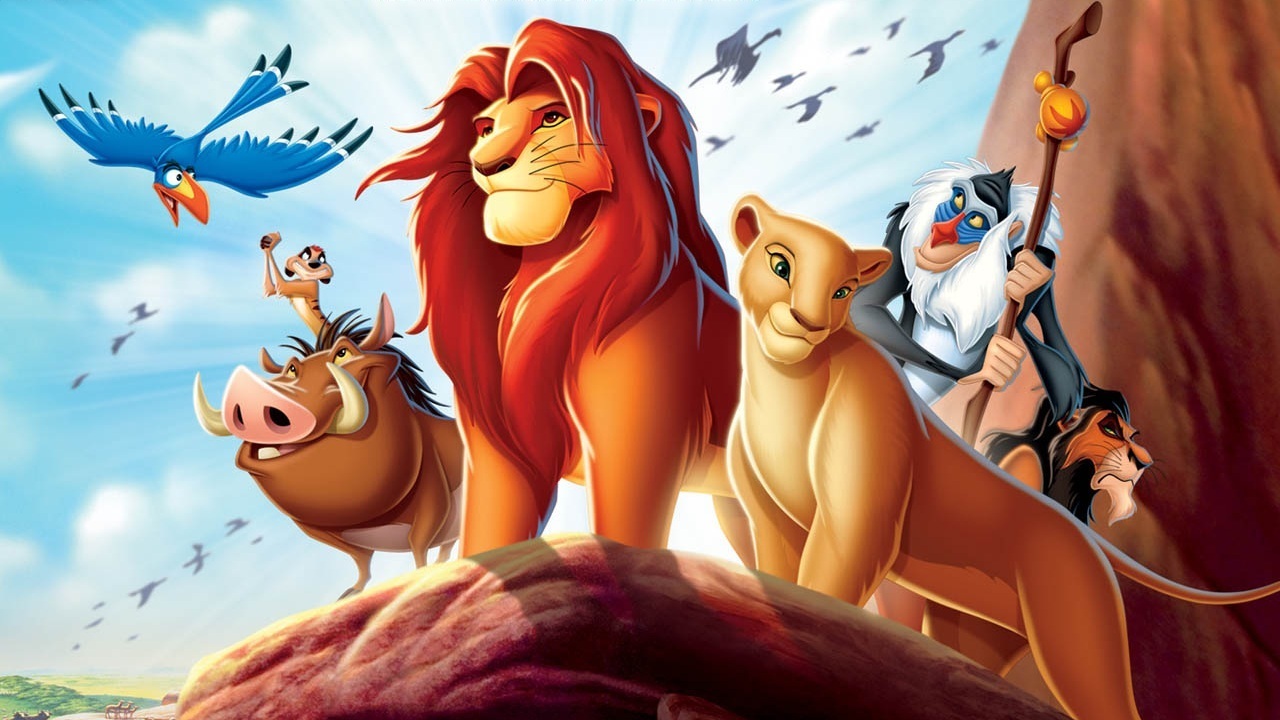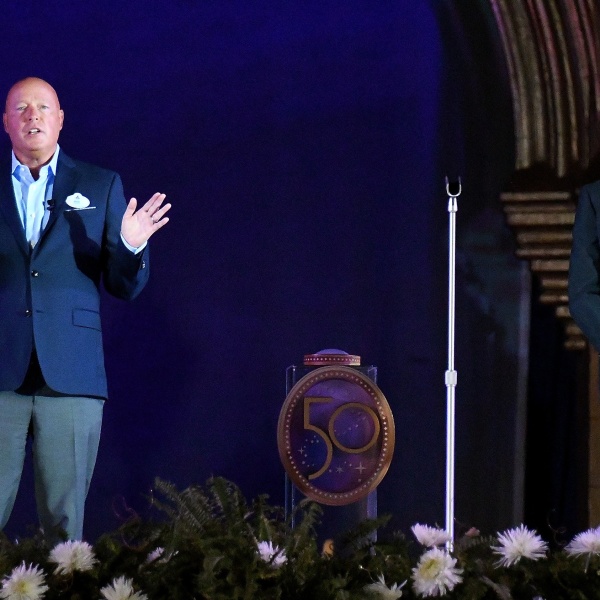This year marks the 30th anniversary of Disney’s “The Lion King” (currently in theaters for a limited run), which coincides with the release of Barry Jenkins’ prequel, “Mufasa: The Lion King” (December 20). The 2D blockbuster and pop culture phenomenon (directed by Roger Allers and Rob Minkoff) was an early digital pioneer. This was vital in introducing a live-action aesthetic with dynamic camera movement and dramatic lighting to its “Circle of Life” adventure story, starring Simba and company, set in the African Pride Lands.
This propelled Jon Favreau’s photorealistic remake in 2019, driven by an innovative virtual production workflow and a Nat Geo-like doc aesthetic. Although it was marketed as “live action” and not submitted for animated Oscar consideration, this was clearly keyframe-animated by MPC, which nonetheless earned a VFX Oscar nomination (production supervised by Rob Legato).
This, in turn, has led Jenkins to strive for greater emotional nuance and depth in his origin story about Mufasa (Aaron Pierre) rising to nobility and his conflict with brother Scar (Kelvin Harrison Jr.). MPC is back at the animation helm with new tech advancements, in collaboration with the director’s live-action collaborators, including cinematographer James Laxton, production designer Mark Friedberg, and editor Joi McMillon.
In retrospect, it’s hard to imagine how inauspicious “The Lion King” was during its early development. That’s because it was such an outlier compared to everything else the studio was producing in the wake of the hugely successful Howard Ashman and Alan Menken musicals (“The Little Mermaid,” “Beauty and the Beast,” and “Aladdin”).

“For quite a while, we thought it would be a turkey,” producer Don Hahn told IndieWire in 2011. “I couldn’t get animators to work on it. They wanted to work on ‘Pocahontas’ and some of the other upcoming movies. That made sense because we were making Broadway musical-type movies, and that was Alan Menken’s next movie. So they naturally thought it would be our next hit. But they wanted to do Joseph meets Hamlet in Africa with music by Elton John, and it just didn’t connect with the animators.”
But when it did, the animators were inspired by the directors to make a Disney game-changer. From a tech standpoint, “The Lion King” came along at just the right time. While Pixar’s “Toy Story” was a year away from introducing the industry’s first fully CG-animated feature, the Disney film benefited from the Computer AnimationProduction System (CAPS) that it developed with Pixar in the late ’80s. This was a digital ink and paint innovation that allowed coloring in a computer environment using an unlimited palette. Some of the later advancements included transparent shading and blended colors, programmed camera and pan movements, and complex multiplane shots providing a sense of depth. The memorable ballroom dance scene from “Beauty and the Beast” was a prime example (one that led to a 1992 Academy Sci-Tech Award).
But “The Lion King” pushed CAPS to new artistic heights, beginning with the grandeur of the opening “Circle of Life” sequence. This introduced the animals rushing to Pride Rock to celebrate the birth of Simba, the flight of Zazu, and the royal presence of King Mufasa. Inspired by the paintings of N.C. Wyeth, the landscape was depicted as a monumental character with the camera doing a rack focus.
Scenes were drawn in pencil, scanned into CAPS, and then colored digitally by the painting team. The 1,500 finished scenes were superimposed onto painted, layered backgrounds and transferred onto film. Additionally, the animators had to cope with a myriad of lighting differences and variances in special effects for dust fogging up the landscape, raindrops falling onto a lake, or wind pulling on plants (Disney VFX supervising vet and Academy animation governor Marlon West cut his teeth on the film as an effects trainee).

However, the terrifying wildebeest stampede that led to Mufasa’s death was the most challenging sequence to pull off, taking more than a year to complete. This was the result of an ingenious idea to create a stampeding crowd in the computer and integrate it into painted backgrounds, accomplished through a new 3D coding system that programmed herd behavior (led by artistic supervisor Scott Johnson and the Disney team of CG engineers). They took a single galloping wildebeest run cycle and repeated it hundreds of times at different intervals. The effects team then added layers of dirt and dust to complete the powerful action with necessary atmospherics.
The Disney team also went into very colorful, surreal directions, such as the “I Just Can’t Wait to Be King” musical number, which is like an African version of “Pink Elephants on Parade” from “Dumbo.” Simba plays on the grass, which turns shocking pink and red; cubs ride ostriches behind a bevy of burgundy elephants and green rhinos; and dancing animals form a tower in the sky in homage to Busby Berkeley.
As Hahn noted: “But this ‘Circle of Life’ thing took hold and became an unexpected phenomenon, and the result was that it propelled a whole new generation of animators, including [Disney Legend] Andreas Deja [who supervised the deliciously villainous Scar] and Tony Bancroft [who supervised the lovable warthog, Pumbaa].”




